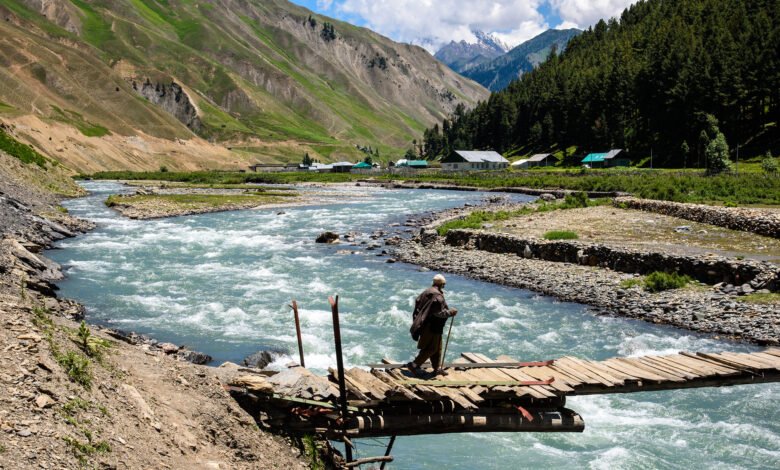Border tourism: As tourist influx shows surge, concrete replaces traditional houses in remote villages along LoC

Locals unhappy with change in architecture practices
Baramulla, Jun 28 : In the remote and picturesque border areas of northern Kashmir including Keran, Gurez, Tangdhar, Uri and Machil, a concerning trend has emerged, threatening the rich cultural heritage and traditional way of life in these areas.
As per news agency—Kashmir News Observer (KNO), over the past few years, the construction of concrete houses has gained momentum, replacing the iconic wooden homes that have been an integral part of identifying these areas for generations.
Gurez, known for its stunning natural beauty and preservation of old traditions, had attracted tourists seeking an authentic experience of the region’s unique culture. Visitors were drawn to the charm of traditional wooden houses that stood as testaments to the area’s rich heritage. Tourists often stayed in these homes, generating employment opportunities for the local population and fostering a sense of community.
However, recent developments have taken a toll on its cultural landscape.
As tourists’ arrival increased, the demand for accommodation rose, prompting some locals to opt for concrete construction materials.
The once harmonious blend of traditional wooden houses with the natural surroundings is gradually giving way to structures reminiscent of urban cities, eroding the region’s distinctive character.
Local residents have expressed concern over the rapid disappearance of wooden houses, fearing the loss of their cultural identity.
They believe that the shift towards concrete structures not only threatens the region’s heritage but also undermines the sustainable practices that have been ingrained in their way of life for centuries.
Nasir Ahmad, a resident of Gurez, said, “The wooden houses were not only visually appealing but also helped regulate the indoor temperature naturally. They were passed down through generations, connecting us to our ancestors. With the increasing number of concrete structures, we are losing a significant part of our heritage.”
“Gurez Valley was once a beacon of authenticity and charm, attracting visitors who sought to immerse themselves in our traditional way of life. Now, we face the challenge of preserving our cultural legacy amidst the rising tide of modernization,” Mukhtar Ahmad, another resident said.
Locals in Uri said that preserving cultural heritage of border areas is not just the responsibility of the locals but requires a collective effort from tourists, government authorities and all stakeholders.
Following the renewed ceasefire agreement on LoC between the two armies of India and Pakistan in 2019, there has been a remarkable growth in infrastructure development.
Repair works on government buildings, schools, and huts affected by ceasefire violations have gained momentum, alongside a substantial boost in tourism—(KNO)





